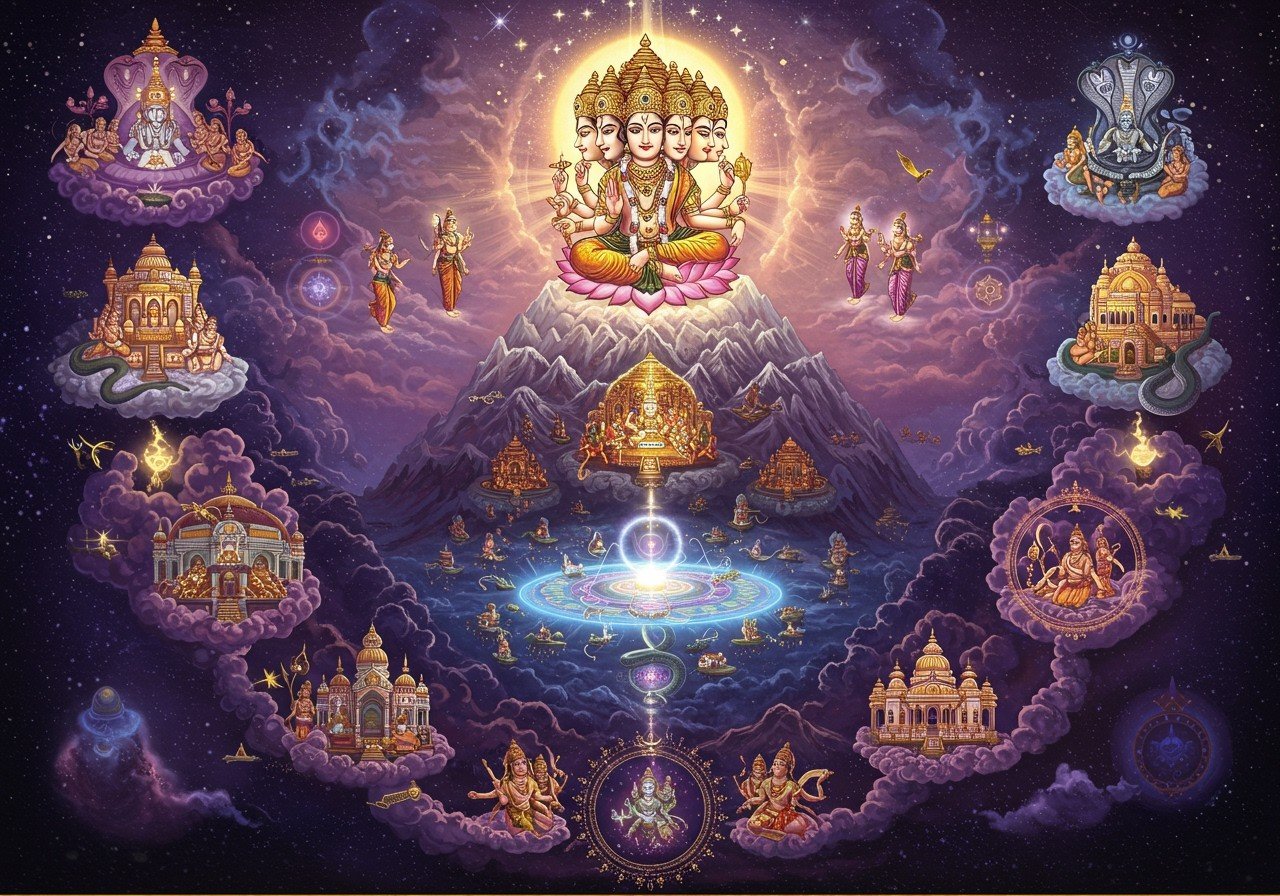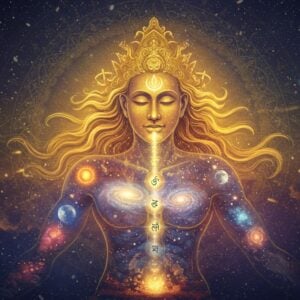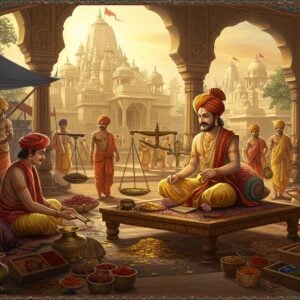
Hindu cosmology offers a captivating and intricate understanding of the universe, its structure, and its cyclical nature. Rooted in ancient scriptures, it provides a framework for understanding time, creation, and the interconnectedness of all things. This exploration delves into the core concepts of Hindu cosmology, shedding light on its profound implications for life and spirituality. For those seeking a deeper connection with their Hindu faith, poojn.in offers a wide selection of spiritual and ritual items to support your practice.
Core Principles of Hindu Cosmology
Hindu cosmology centers around the concept of a cyclical universe, constantly undergoing creation, preservation, and destruction. This cosmic dance is orchestrated by Brahman, the ultimate reality, through its manifestations as Brahma (the creator), Vishnu (the preserver), and Shiva (the destroyer). Time itself is cyclical, flowing through vast epochs known as Yugas, each with its own characteristics and spiritual significance. Learn more about core Hindu beliefs and practices.
- Cyclic Universe: The cosmos is not static but eternally dynamic, moving through endless cycles of birth, growth, decay, and renewal. This continuous process emphasizes the impermanent nature of the physical world. The cycles span vast periods, reflecting the expansive nature of time in Hindu cosmology.
- Time Scale: Hindu cosmology employs a vast timescale, with units ranging from the minute to the almost incomprehensible. A Kalpa, representing a single day of Brahma, equates to 4.32 billion human years. This is followed by a night of equal length, during which the universe undergoes dissolution. This cycle repeats for 100 Brahma years, marking the lifespan of Brahma himself. Explore the concepts of Dharma and Karma.
- Yugas: Time is further divided into Yugas—Satya, Treta, Dvapara, and Kali—each representing a decline in spiritual awareness and social order. We currently reside in the Kali Yuga, characterized by strife and spiritual darkness. This cyclical understanding of time influences Hindu rituals and practices, aiming to align with auspicious periods and cosmic energies. Plan your observance with our guide to Maha Shivaratri.
The Divine Trinity and Brahman
Brahman, the ultimate reality, is the source and sustainer of all existence. Its manifestations as Brahma, Vishnu, and Shiva represent the dynamic forces of creation, preservation, and destruction that govern the universe. This trinity embodies the cyclical nature of reality, where everything is in constant flux, yet ultimately connected to the singular source. Discover more about Hindu Gods and Goddesses.
- Brahman: Brahman is the ultimate reality, the formless, timeless, and unchanging source of all that exists. It is beyond human comprehension yet pervades all aspects of creation. This concept lies at the heart of Hindu philosophy and spiritual practice. Consider enhancing your spiritual practice with brass idols and ritual items from poojn.in. Browse our Radha Krishna brass idols.
- Trinity: Brahma, Vishnu, and Shiva are not separate deities but rather different facets of Brahman, representing the fundamental cosmic processes. They personify the dynamic interplay of creation, preservation, and destruction that shapes the universe. These deities are central to Hindu worship and ritual practice.Learn about the Hatimura Durga Temple.
Multiple Universes and Interconnectedness
Hindu cosmology envisions not just one universe but a multitude of universes, each with its own Brahma, Vishnu, and Shiva. This concept emphasizes the vastness of creation and the infinite possibilities within Brahman. Furthermore, Hindu cosmology highlights the interconnectedness of all things. The individual soul (Atman) is seen as a part of the universal soul (Brahman), mirroring the interconnectedness observed at the cosmic level.
- Multiple Universes: Hindu scriptures describe the existence of countless universes, each undergoing its own cycle of creation and destruction. This reflects the infinite nature of Brahman and its boundless creative potential. This concept expands the scope of cosmological understanding beyond our perceived reality. Consider adding ritual items to your practice. Find Mangalam camphor at poojn.in.
- Interconnectedness: Hindu cosmology emphasizes the interconnectedness of all beings and elements within the universe. This interwoven web connects the individual soul (Atman) to the universal soul (Brahman). This principle underscores the importance of harmony and balance in all aspects of life. Enhance your understanding of sacred spaces with our guide to Hindu temple architecture. Explore Hindu temple architecture.
Maya and the Nature of Reality
The concept of Maya describes the illusory nature of the perceived world. While the world we experience is real in a relative sense, it is not the ultimate reality. This concept encourages a deeper exploration of consciousness and the search for true understanding beyond the limitations of sensory perception. Delve into the sacred texts of Hinduism to further your understanding. Explore Hindu scriptures.
Poojn.in: Supporting Your Spiritual Journey
Poojn.in offers a wide range of products to support your exploration of Hindu cosmology and spiritual practices. From puja items to sacred texts, we provide high-quality, authentic products to enhance your connection with your faith. Explore our diverse collection today and discover the perfect tools for your spiritual journey. Browse our selection of Lord Shiva murtis. Find Lord Shiva murtis here.


